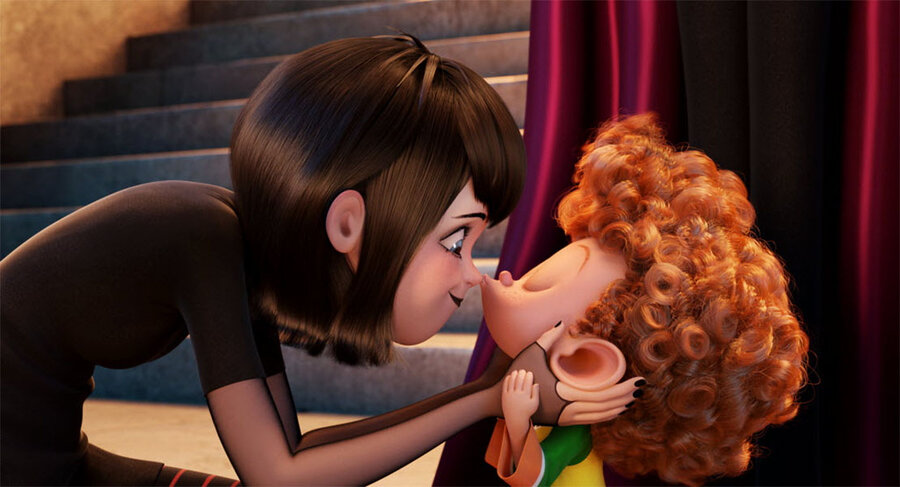'Hotel Transylvania 2': Is the animated spooky sequel worth seeing?
A sequel to the animated hit, “Hotel Transylvania,” is now in theaters.
The first “Hotel” movie was released in 2012 and centers on Count Dracula (Adam Sandler) and his daughter Mavis (Selena Gomez). Mavis is raised among supernatural creatures like werewolves and the Invisible Man. So, Count Dracula is taken aback when Mavis falls in love with a human, Jonathan (Andy Samberg).
In the new film, Mavis and Jonathan’s son Dennis (Asher Blinkoff) stays with Count Dracula and the count must contend with his own father (Mel Brooks), who is displeased to find that the count has opened his hotel to everyone rather than just supernatural creatures.
The first “Hotel” movie received mostly negative reviews from critics, with reviewers writing that “the movie loses its originality… but is still lovely to look at,” is “clever… but a bit more bite wouldn’t kill it,” and is “stale.”
Critics so far seem to be responding similarly to the sequel, with reviewers calling it “mildly amusing… predictable,” “safe… tame to a fault,” and “by the numbers.”
“Hotel” became a hit for its studio alongside another work released by Sony Pictures Animation, “Cloudy with a Chance of Meatballs.” The original 2009 "Cloudy" film did well enough to spawn a 2013 sequel, which also did well financially, though it didn’t gross as much as the first film.
Sony’s recent projects like 2011’s “Arthur Christmas” and 2012’s “The Pirates! Band of Misfits” didn’t do as well, but it found bona fide hits with “Hotel” and “Cloudy.”
In releasing “Hotel” and “Cloudy,” Sony is following in the footsteps of animation powerhouse Disney rather than Pixar. Pixar is known for its original stories, with recent hits like “Inside Out” and “Brave” having their narrative created by Pixar writers. Disney, on the other hand, made its name by adapting fairy tales like “Snow White and the Seven Dwarfs” and “Cinderella.”
“Cloudy” is based on a children’s book of the same name, while the “Hotel” series is based on famous creatures such as Dracula and Frankenstein’s creation. Disney recently had a similar strategy to “Hotel” with their movie “Wreck-It Ralph,” which was based on mostly already-existing video game characters.







